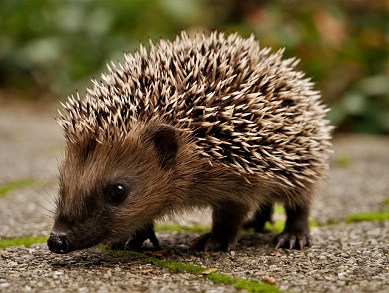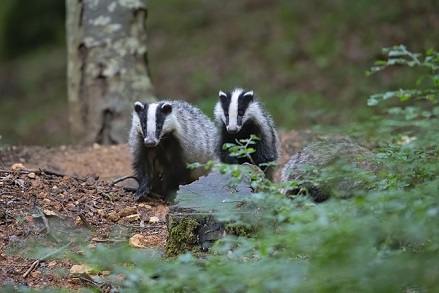Act!
Inspiration · ResourcesGive them a 'brake'!
REMEMBRANCE FOR ALL ROAD TRAFFIC VICTIMS - 21st November 2021


This World Day of Remembrance for Road Traffic Victims, let's also spare a thought for the wildlife crossing our roads, especially the badgers, deer, foxes (and hedgehogs not yet in hibernation) both at night and early morning, pheasants flushed out of hiding with no road-sense and other birds and mammals, hit whilst feeding at the edges.
Badgers are the most commonly killed British species on our roads each year (c50,000). They are nocturnal, with poor eyesight and being creatures of habit, they use the same well-worn paths to access foraging grounds, passed down through the generations. With the ever-increasing rate of development across the UK, these routes often take them across new, poorly planned roads and with the building of new schools, supermarkets and housing, their habitats are increasingly fragmented and it's harder for them to forage. In the same way new infrastructure and an increase in the amount of traffic on our roads are also a threat to foxes, deer and smaller mammals such as hedgehogs and amphibians such as lizards, frogs, toads - the latter which also migrate back to the same ponds where they were spawned, often involving major road crossings. Hedgehogs and frogs and toads can also get trapped in culverts and drains.
It's been a particularly bad week for badgers and pheasants, according to a citizen science research project at Cardiff University called 'Project Splatter'. You can take part by reporting any roadkill you see, which will then help them determine where the hotspots are so they can ultimately go about reducing it. For more information click HERE.
What else can we do? At this time of year as the darkness continues to creep in at each end of the day, it's even more important to see and be seen, so checking and cleaning head-lights is also always a good idea as well as keeping your eyes peeled for pedestrians, cyclists, dog walkers and riders, who aren't always wearing 'high visibility' vests. Other helpful tips are to slow down especially when it's dark, look for any 'eye-shine' reflected by your headlights, note when it's rutting season for example and remember that deer tend to travel in herds, so if you spot one, actively look for others that are likely to follow. And remember that animals are also often mesmerized by lights and 'freeze' so slow right down and beep your horn if needs be!